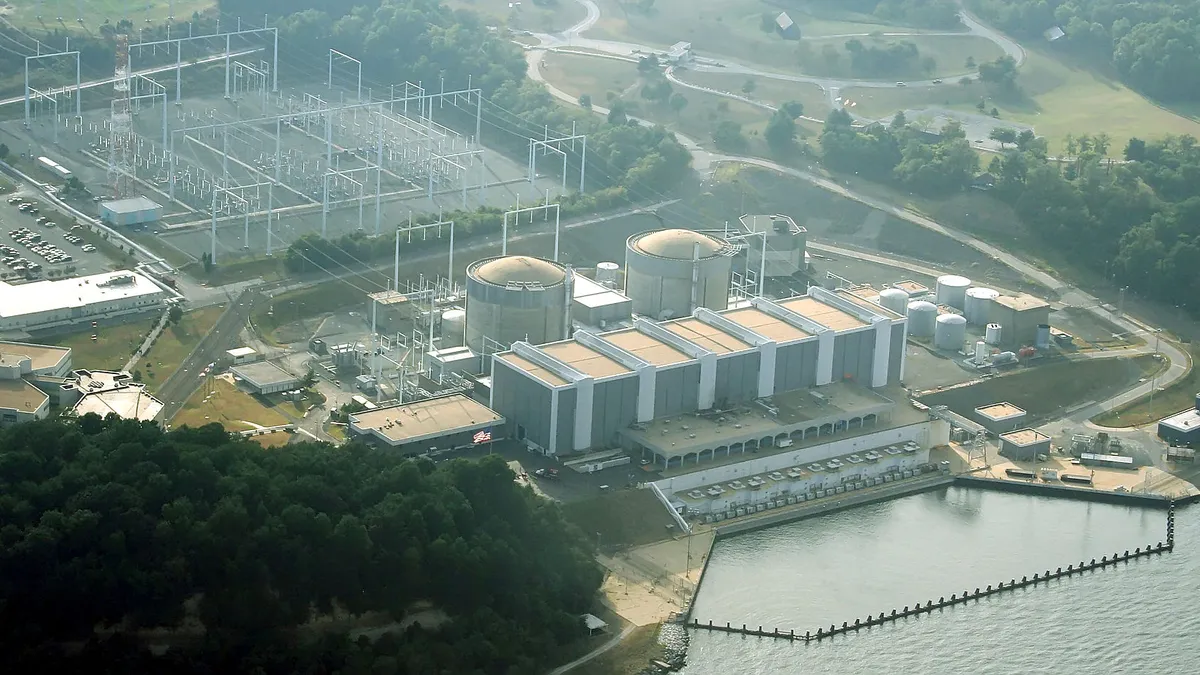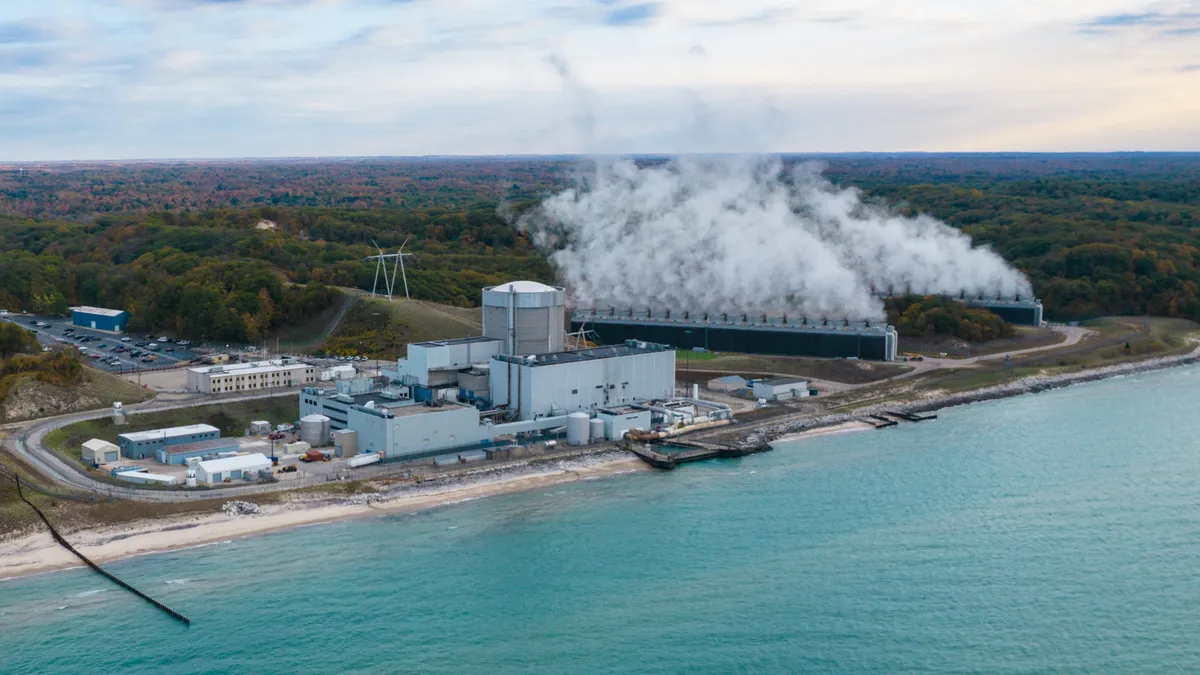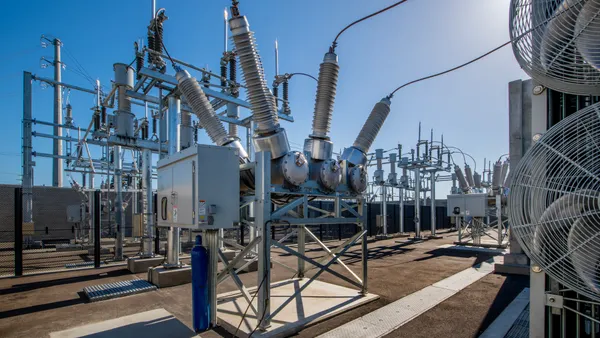The latest debate in the wake of the PJM Interconnection’s most recent capacity auction is whether or not the new build cycle in the region is slowing or coming to an end.
The capacity auction, or Base Residual Auction (BRA), was disappointing to many stakeholders and a surprise to many analysts who expected higher prices. The overall price, or RTO price, was $76.53/MW-day compared with $100/MW-day. Market expectations were for the RTO to clear in the $90-100/MW-day range.
Fewer new generating plants also cleared the auction than last year. A total of 2,389 MW of new generation cleared the BRA, less than half the 5,374 MW of new capacity that cleared the auction last year.
The BRA is held every year to determine capacity prices for a delivery year three years in the future. This May’s auction was for the 2020-21 delivery year.
The economic theory behind the BRA is that the short-term, day-to-day prices of the wholesale power market fail to provide the longer term certainty of revenue flows needed to build new capacity.
In the wake of the auction, however, some analysts wondered whether low capacity prices would dampen developers’ appetites to build new plants in the region.
While 12 GW of new capacity sought to clear the auction, only about 3 GW offered in and only 2.3 GW actually cleared.

After the auction, Julien Dumoulin-Smith at UBS declared that the 2017 BRA marked the end of the capacity new-build cycle. He noted that while 12 GW of new capacity sought to clear the auction, only about 3 GW offered in and only 2.3 GW actually cleared.
“We see the latest capacity prices and challenges in the debt markets as stymying any future efforts despite a clear backlog of future proposed plants,” he wrote.
Despite a long list of projects in the market seeking equity financing, Dumoulin-Smith said, “we believe future deals are likely stymied at this point by expensive hedging and limited bank debt availability.”
That view was shared by analyst Neel Mitra at Tudor Pickering Holt, who said that capacity prices would have to “increase substantially” to compensate equity holders. He estimates that new generation getting the RTO price is earning a fraction of its required return.
“Despite an abundant amount of supply and lenders, the low amount of new builds should be the trend going forward,” Mitra said.
Strategy or slowdown?
Dumoulin-Smith toned done his language in a subsequent note to investors, saying the results could possibly indicate a slowdown in new-build activity, but adding that the data points are “likely too unformed to make any conclusive predictions.”
His shift seems to be based on a closer look at MOPR exemptions.
PJM’s tariff includes a minimum offer price rule, or MOPR, that is designed prevent bidders from artificially suppressing capacity prices. But exemptions can be granted for a number of reasons, such as by demonstrating low cost financing or access to cheap fuel.
Only about 20% of 12 GW of projects that were granted MOPR exemptions cleared the market. But that is not necessarily an indication that those projects failed to clear the auction because the clearing price was below the returns they set for their projects.
MOPR exemptions have to be secured in advance of the BRA. So the fact that roughly 10 GW of MOPR'ed projects failed to clear could just as easily be an indication of bidding strategy as economics.
The number of projects that failed to clear the market is “likely less meaningful as it appears at first glance; with MOPR exemptions becoming a measure to keep one’s foot in the door and delay the final decision more than an actual commitment to participating in the auction” Dumoulin-Smith said.
From a banker’s perspective, the auction results point to likely changes in the project finance market. The debt load a power project can support is geared to the capacity payments its will receive. The lower capacity prices will have to be made up somewhere, either with a higher equity contributions or lower internal rates of returns for project sponsors.
“There are still a number of deals in the pipeline that are moving forward,” Ravina Advani, a director at BNP Paribas, said in an interview. “Investors are carefully vetting updated capacity forecasts and considering appropriate downside forecasts."
"There is still a lot of appetite in the market to finance these transactions, whether through traditional project finance banks, Asian investors or institutional investors," Advani said. "The stronger the equity sponsorship, the more liquidity a deal is likely to attract.”
Analysts estimate that the projects that cleared the BRA are the 488 MW Birdsboro gas plant in Berks County, Pa., sponsored by Ares EIF Group, the 1,050 MW Fairview gas project in Jackson Township, Pa., sponsored by Competitive Power Ventures, and the 1,000 MW Hickory Run gas project in Lawrence County, Pa., sponsored by Tyr Energy.
All three projects are in zones that cleared at the RTO price. Two of the cleared projects are already under construction. Financing for Tyr Energy’s project is expected to come to market in the coming weeks.
Meanwhile, all eyes in the market are watching the progress of Panda Power Funds’ Mattawoman gas project in Brandywine, Md., as an indication of market appetite. The 990 MW gas project slated for operation in 2019 secured $445 million in financing from Hana Financial Investment of South Korea earlier this month.
Pockets of opportunity
There are also still pockets of opportunity in the market as indicated by the high clearing prices in the BRA for some transmission constraint zones such as ComEd, which cleared at $188.12/MW-day, and EMAAC, DPL-South, PSEG and PS-North, which all cleared at $187.87/MW-day.
Projects such as Stonegate Partners’ 560 MW Middlesex project in Sayreville, N.J., (EMAAC) and Competitive Power Ventures’ 1,100 MW Three Rivers project in Goose Lake, Ill. (ComEd) could be candidates to move forward, given the high clearing prices in those zones.
But there are overarching questions about the economics of new-build generation in PJM. In a March report by S&P Global Ratings discussing the outlook for merchant generation, analyst Aneesh Prabhu noted that the performance of merchant generators in PJM in 2016 was “weaker than anticipated” and said the firm’s forecast for power prices in 2017 remains bearish.
Additionally, as new generation enters the market, such as the three projects that cleared the recent BRA, margins could shrink even further as the market becomes more over supplied.
In this scenario, Prabhu says it is not possible for new generation entering the market to earn a reasonable return unless older coal-fired or nuclear generation retires.
There is at least one indication that is already happening as a result of the recent low capacity prices. After the auction results were released, Exelon said that it plans to retire its Three Mile Island nuclear plant in Pennsylvania in 2019 if state lawmakers do not approve subsidies.
Dumoulin-Smith said he expects a number of large, legacy coal plants in Pennsylvania and Ohio could be under more pressure to retire. “We expect a re-acceleration of retirement plans off the back of weak power forwards and low capacity price.”
One of the key factors in this scenario has less to do with fundamentals than it does with regulatory risk. New Jersey, Ohio and Pennsylvania are all at varying stages of putting together subsidies to keep economically ailing nuclear power plants in their plants alive. Low capacity prices could bolster those efforts.
If new-build activity does drop off, meaning that fewer proposed projects are bid into and clear the capacity auction next year, that would put upward pressure on capacity prices.
The prospects of continuing low capacity prices could put a damper on new-build activity in the next BRA. But developers and bankers looking at the situation today could take that into account when devising their bidding strategies and bid in anticipation that capacity prices will rebound because of retirements or because other generators may decide not to bid into the auction.
Fundamentals aside, figuring out how stakeholders calculate their bidding strategies is one of the factors that has made the PJM auction results so unpredictable.






















